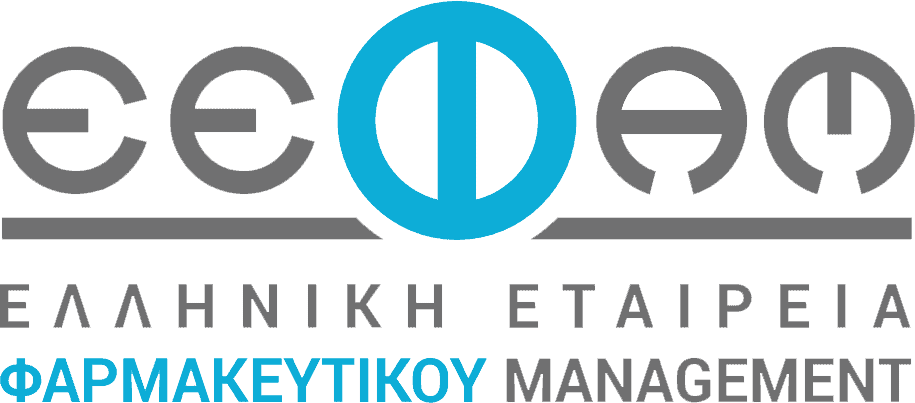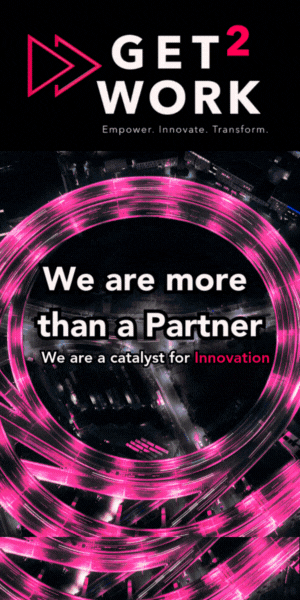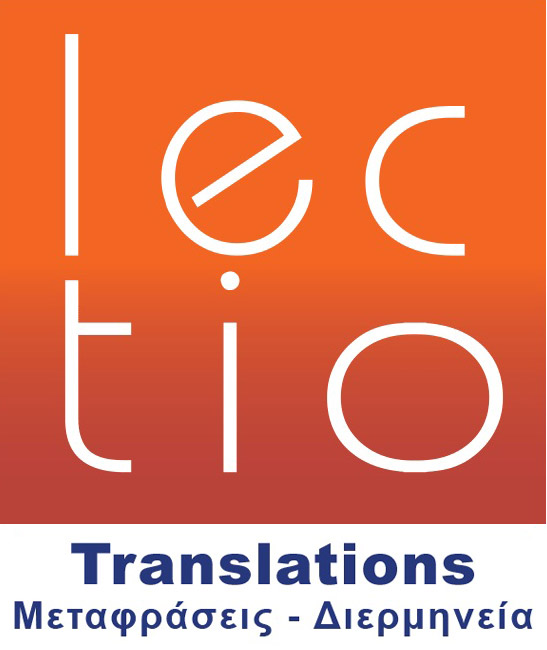Blog
Blog
Biopharma M&A may get the push it needs in 2023, but with a face lift

Since the pandemic began, biopharma M&A has settled into a languor amid the uncertain and volatile capital markets. Each year, analysts have said dealmaking should pick up again, but the beacons have remained unlit. Now, in 2023, there might finally be a reason to believe those estimations will come true.
Potential buyers on the Big Pharma side have amassed rich coffers of cash during the pandemic and are looking for ways to deploy that ammunition for a secure future. But in 2022, the corporate giants largely signaled they weren’t ready to step into the deep end quite yet, said analyst Glenn Hunzinger, U.S. pharma and life science leader at PwC.

Glenn Hunzinger, pharmaceutical and life science leader, PwC
“Coming into last year, we did think it was going to be an active year, and what we saw was a lot of companies trying to stay disciplined and poised and deploying capital in the best and most effective manner,” Hunzinger said. “The available cash at Big Pharma and the desire and burning need around growth (gave way to an attitude of) ‘let’s wait and see how it plays out.’”
The consensus is that Big Pharma will have to pull the trigger on dealmaking soon, though, to make up for massive future losses due to patent expirations of some of the biggest blockbusters the industry has ever seen. AbbVie’s Humira, for example, will see direct biosimilar competition in the U.S. for the first time this year.
Overall industry sales could dwindle to the tune of about $175 billion over the next five years as these patent burnouts pick up, Hunzinger said, and filling those gaps will require more than just in-house development.
What’s more, biotech companies were funded well in recent years. Hunzinger said that in 2021, capital raise for these smaller outfits was eight times higher than normal, giving them some runway to conduct their affairs solo for a while — this also gave pharma companies time to keep an eye on scientific progress at those biotechs before opening the purse strings.
“Looking at the landscape, we say OK, why is it this year and not last year? Because now, there’s further data and more of a burning platform,” Hunzinger said. “One year further toward filling in those pipeline gaps, and there could be a time where some broader dominoes fall toward industry consolidation.”
Deal announcements at the end of 2022 and during the J.P. Morgan Healthcare conference (JPM) this week show companies’ willingness to step onto the field, and if these are a sign of things to come for the industry, then 2023 could indeed be the year all of that potential energy springs to life.
“I do think we’ll continue to see infrastructure deals — it’s a fabric of the industry and it’s worked well — but combining the older, more traditional structure of deals with a new wave of thinking will be super critical.”
Pharmaceutical and life science leader, PwC
The changing face of dealmaking
Amgen capped off a slow M&A run in 2022 with the December announcement that it would purchase Horizon Therapeutics for almost $28 billion, which was the largest deal of the year followed by Pfizer’s $11.6 billion Biohaven acquisition announced in May. Pfizer, flush with cash from COVID-19 vaccine sales, also bought Global Blood Therapeutics in the only other deal to break the $5 billion mark in 2022.
Cut to 2023, and JPM saw a flurry of smaller deals that could set the tone for the new year. Companies like AstraZeneca, Ipsen and Chiesi contributed to a total of about $4 billion in biopharma deal announcements in the first few days of January.
The industry is approaching M&A with more flexibility than it used to, though, Hunzinger said. Partnerships, joint ventures, alliances and co-promotion have become a less risky way to incorporate new ideas into the pharmaceutical landscape.
“The deal and transaction ecosystem is much broader, and people are thinking about it more holistically,” Hunzinger said. “I do think we’ll continue to see infrastructure deals — it’s a fabric of the industry and it’s worked well — but combining the older, more traditional structure of deals with a new wave of thinking will be super critical this year.”






